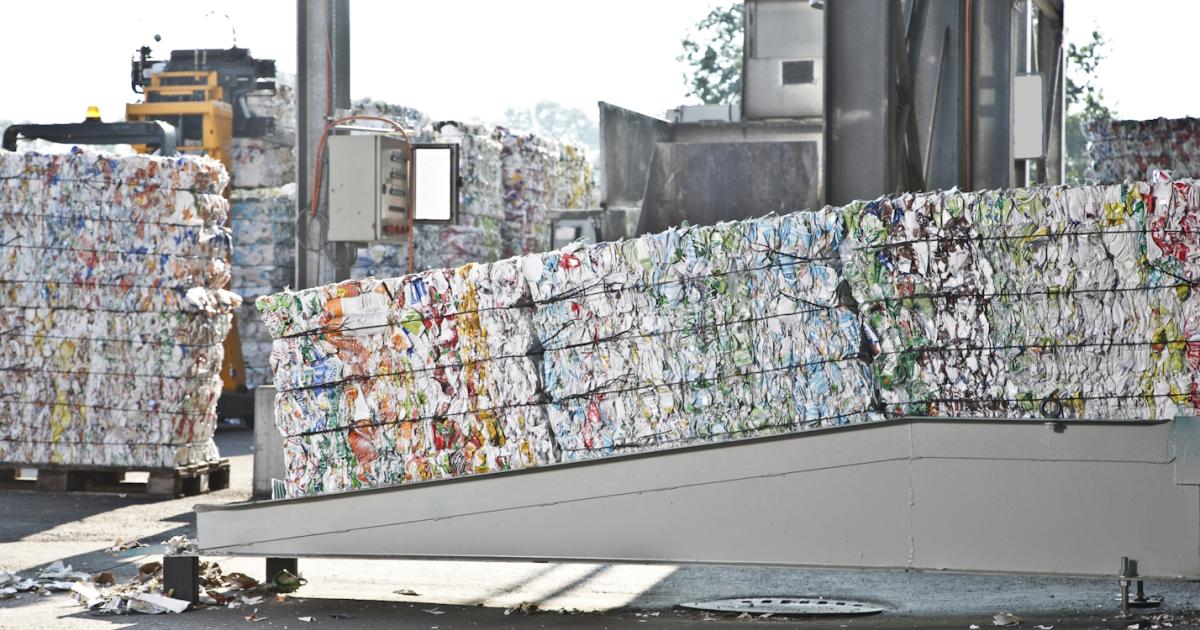Circular economy measures could significantly contribute to abating greenhouse gas emissions in energy-intensive industries, such as steel, aluminium, cement and concrete, and plastics — sectors that currently account for nearly 15% of the European Union’s total emissions. Moreover, integrating circularity measures in these industries would improve the EU’s energy and economic security by reducing import dependency.
Circularity measures could cut emissions significantly
A new JRC report shows how circular economy practices would contribute to substantially reducing greenhouse gas emissions in sectors such as plastics, steel, aluminium, cement and concrete. Improved materials management, including reduction, reuse and recovery measures, could help EU industry reduce between 189 and 231 million tonnes of CO₂ equivalent per year. Circularity measures could be particularly effective in reducing emissions in the steel sector (by 64 to 81 million tonnes of CO₂ equivalent per year) and the plastics sector (75 to 84 million tonnes of CO₂ equivalent per year).
Reducing energy needs and fossil fuel imports
Circularity measures in these four sectors would also lower EU-wide fossil fuel energy demand by nearly 4.7% compared to 2023. The EU-wide consumption of electricity would fall by a similar rate. All in all, this could reduce reliance on imported fossil fuels and critical materials necessary for electricity generation, while enhancing the EU’s resilience amid global energy volatility.
Strengthening economic security
Beyond environmental benefits, circular economy strategies would improve the EU’s trade balance by about 4%, corresponding to 35 billion euro. This gain stems from reduced imports of raw materials such as iron ore (decreasing by 22%) and bauxite (lowered by 11%), as well as fossil fuels, with plastics contributing the largest share of the surplus.
Making change happen
The report includes recommendations to help policymakers and industry make informed decisions about circular economy measures that can support the EU’s transition to a more sustainable and competitive economy.
Policy recommendations include promoting technologies to improve the quality of recycled materials, reducing the use of resources through more efficient design, and steering market demand via Green Public Procurement instruments.
These strategies align with EU goals to enhance sustainability and competitiveness, whilst mitigating macroeconomic risks from global dependencies.
Background
The JRC report Capturing the Potential of the Circular Economy Transition in Energy-Intensive Industrieslooks at the potential of circular economy levers to decrease the environmental impact of the steel, aluminium, cement and concrete, and plastics industries by 2050, while improving energy and economic security. The impacts of the circular economy are quantified relative to an alternative scenario without circular economy strategies. In this alternative scenario in the year 2050, the policy mix to reach climate neutrality does not resort to circular economy measures and the industries investigated still show hard-to-abate greenhouse gas emissions. These findings are further developed in four JRC reports focused on the individual industries.
The EU Competitiveness compass, published in January 2025, and the Clean Industrial Deal, published in February 2025, emphasise the importance of circular economy in creating a more sustainable, resilient and competitive European industrial sector, that in turn supports the EU’s climate goals, while promoting more efficient technologies and job creation.
Related links
Summary Report: Capturing the Potential of the Circular Economy Transition in the Energy-Intensive Industries Factsheet
Sectoral reports and factsheets:
Activity page: Less waste, more value
